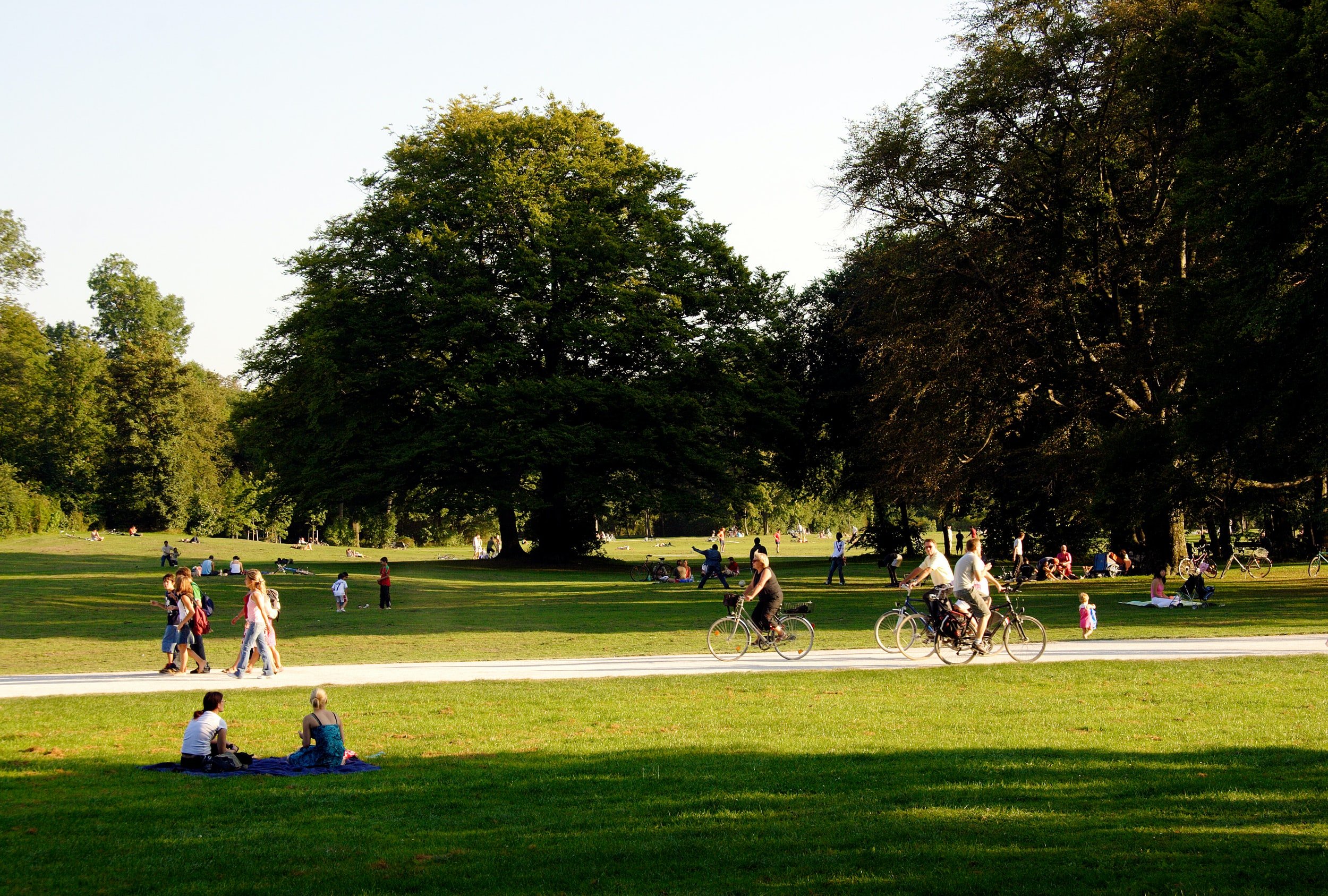Could green spaces be the answer to the pandemic?
Probably not. But they have helped in the past and could still help us in other ways.
Much could be (and has been) said about how we, as individuals and as a society, can tackle global problems such as COVID-19. During this pandemic, one can’t help but look back at where we were before, and where we are now, without a sense of nostalgic bliss and anxious uncertainty. If we take a moment, however, to look beyond the past two years to similarly life-altering events of the last century, we might discover some insights to better understand the world in which we now find ourselves. Since the beginning of the COVID-19 pandemic, many people looked to the past to better understand the present. In particular, many have looked back to what is often termed the ‘Spanish’ flu (more appropriately named the 1918 flu), seeking a pathway to help guide us out of and better understand our current crisis. However, few have studied it through the lens of urban planning: how outdoor public spaces, such as parks and town squares, may have played a key role in limiting the virus. Fewer still, at least in the United States (US), have examined how these same areas—particularly green spaces—may have other positive outcomes on public health.
Image credit: Unsplash
Looking back at the 1918 flu, we see an era similar to our own, where people feared for their lives from an invisible enemy that they had little ability to fight against. A surprising method for combating the disease arose in the north-eastern United States when a military official noticed that sailors (who spent a lot of time below deck) tended to fare worse than other soldiers. Thus began the use of “open-air” treatment, which involved exposing patients to fresh air and sunlight. Although this treatment would need to be studied thoroughly to discern the mechanisms by which it mitigates the effects of the disease, I believe common sense, and recent studies, tell us that for a respiratory disease like an influenza virus or a coronavirus, fresh air is generally better than the stagnant air found in enclosed areas. Following this line of thinking, hospitals in Boston began treating patients outdoors rather than allowing them to fester in disease-ridden early twentieth-century hospital corridors.
“Studies have consistently shown a positive correlation between health outcomes and green spaces”
In the same way that outdoor spaces were found to be beneficial during the 1918 flu, similar links between outdoor spaces and long-term health outcomes have been drawn in modern days. Studies have consistently shown a positive correlation between health outcomes and green spaces. One study from the Swedish University of Agricultural Sciences found that if urban green spaces are created, they can help to reduce stress levels in city residents. By comparing the average number of stress occasions between respondents, researchers found a near 50% difference in stress occasions between people with no view of a garden or chance to go outside compared to people with one. The harmful effects of chronic stress have been well elucidated, and mean that these green space interventions which reduce stress can result in better health outcomes overall.
Another study published in the Journal of Public Health was sceptical about the positive effects of simply increasing the amount of green space, concluding that the presence of green spaces was not enough to be a major determinant of health outcomes. Nevertheless, they also found that there was a correlation between these spaces and non-physical benefits, such as impacts of mental health and general wellbeing. It must also be said that some literature suggests the absence of outdoor spaces in urban areas has been found to adversely affect the physical well-being of city dwellers, leading to increased incidence of asthma, cancer, obesity, diabetes, and cardiovascular disease. In short, the literature largely agrees that going outside is good for the body and mind.
Image credit: Unsplash
While it may be a stretch to claim that creating more outdoor public space is the ultimate solution to end our pandemic woes, I believe there are slivers of optimism to be found from the research correlating green spaces in urban areas to better health outcomes. As was the case during the 1918 flu, outdoor environments remain a place where people can exist with less fear of contracting respiratory diseases.
As we now find ourselves in the third year of the COVID-19 pandemic, some might find solace in knowing that, in the not-so-distant past, many people were dealing with very similar issues. One of the ways they tried to help themselves was the simple act of going outside into spaces with fresh air. Although this may not be an easy option for everyone, especially those in dense urban settings, it is still one of the simplest and most effective ways of combating ill health—from respiratory diseases to stress. We know from the budding area of research in urban design that fresh air found in green spaces can have positive effects on our minds and bodies, albeit not always directly. Hopefully, with this knowledge, more people—most notably policymakers who can put these ideas into practice—will realise the benefits of public outdoor spaces on the health and wellbeing of individuals and communities.
If you recognise there is some merit to viewing public health through this lens, here are some things you can do:
Create a community garden.
Spend more time at your local park.
Plant native vegetation, like trees and grasses.
Engage with other resources, such as the World Health Organization’s urban green spaces action brief.


